Canna is a beautiful flower for the garden
A beautiful tall flower with gorgeous lobed leaves, eclipsing the beauty of many representatives of vegetation - Canna... Its color scheme boggles even the imagination. The main advantage of a flower is its high growth. But in the adjacent areas, it is rarely found.
It takes up a lot of space and does not always get along with smaller houseplants. Therefore, in order to grow a beautiful plant at home, you need to know several rules and nuances for its favorable growth.
Content:
- Description and features of the flower
- The best varieties to grow
- Reproduction methods
- Landing rules
- Care Tips
- Diseases and pests
- Application
Description and features of the flower
In appearance, canna is a collection of colors. banana and orchids or gladiolus... It is hard to take your eyes off its flowering, it is so interesting and delightful. The plant was first discovered in the rainforests of India, South America, China and Indonesia. These countries began to cultivate this species since the 17th century. Culture came to Russia thanks to Portuguese merchant ships.
This is an erect tall natural creature, reaching 2.5-3 meters in height. The trunk tends upward, does not expand in breadth. The trunk is surrounded by massive wide leaves, which can be up to 70-80 cm in length and not exceed 30 cm in width. The leaves are elongated, conical in shape with oblong strong veins, of a rich green hue.
Canna is beautiful in any period, without buds, just with spreading leaves, and with magnificent inflorescences.
Thanks to the massive rod, the bush grows strong and does not require additional support. The buds bloom in a lush bunch of asymmetric inflorescences. Each flower can vary in size from 10 cm to 25 cm. Most often, the tone of the buds is red. This is the main tone of the culture, but now the breeders have launched a lot of work and brought out a variety of colors from yellow speckled to orange or crimson. Sometimes you can see the white color. The root system of the cannes does not have a tuber - the roots branch in different directions, which allows you to keep the powerful trunk in an upright position.
The main features of the culture are:
- The breed practically does not get sick.
- After wintering, it quickly grows and gains strength.
- Does not require special care and cultivation.
- Under favorable conditions, it can bloom almost until the first cold weather.
However, the disadvantage of the plant is that it does not adapt to subzero temperatures and can freeze during frosts. Therefore, it is recommended to dig it up for the winter. Another drawback in cannes is that they do not have a scent in the vastness of our Motherland, although in wildlife they have a rich aroma.
The best varieties to grow
Now there are about 50 types of the Cannes color palette. Founder of the modern color variety - indian canna... From it, through long-term work, breeders have deduced the most common type of canna garden today, which in turn contains its own varieties: Crozy, orchid and deciduous.
Crosey - dwarf varieties among the family (undersized).
They reach no more than 1.6 meters in height, while the leaves are saturated green, reaching a purple hue, but with a slight whitish bloom. Opened buds strongly resemble large gladioli in appearance. It was first brought out back in 1868.
Today, the most popular undersized species for planting:
- President - the plant grows only up to 1 meter up, the inflorescences form large enough up to 30 cm.They are distinguished by a deep scarlet color. Flowering begins in mid-summer - in July.
- Livadia - the size is similar to the previous type - "President", it also has large inflorescences up to 25-30 cm, does not exceed 1 meter in height, enters the flowering phase in early July. The main differences from the previous species are the bright red-violet shade of the inflorescences and purple gorgeous leaves.
- America - unlike other varieties, slightly higher, can reach 1.4 meters above ground level. The buds are somewhat different from other varieties - they have a cinnabar-scarlet color and a size of 12 cm, at the same time the inflorescences exceed the usual standards, reaching 35 cm.
The next variety of garden cannes is orchid. External flowering resembles a cattleya inflorescence. The type is quite tall, it can exceed 2 meters in size. Inflorescences stand out in large diameter - up to 17.5 cm one bud. Each of the constituent petals is endowed with a wavy border. The best varieties:
- Suevia - differs in a lemon shade of flowers, its growth is insignificant - only up to 1 meter, but the size of the inflorescences is pleasing with dimensions of 12 x 15 cm, the leaves are of ordinary green color. Differs in the early onset of ejection of buds - in mid-late June.
- Andenken an Pfitzer - its size slightly exceeds other varieties - grows up to 110-140 cm. Endowed with purple-brown greenery and bright carrot inflorescences 30 cm in length. It begins to bloom, like most species, in July.
- Richard Wallace is a short specimen of only 1 meter, but its color never ceases to amaze - flowers are sunny in color with small red blotches, inflorescences reach 25 cm.
Small-flowered cannes or deciduous - the tallest representative of the family, grows up to 3 meters. But in turn, they have a drawback - small flowers collected in small inflorescences. The most famous of the group of plants is the species - Durban. The color of its inflorescences is represented by a yellow-orange palette, the buds in the open state do not exceed 6 cm. However, the leaves are a real advantage - they are endowed with stripes and pink-yellow-bronze in combination with green. Against the background of such greenery and flowers fade.
Thus, the culture is diverse both in varieties and in color palette. When planting, you can choose not only what is suitable for decorating the garden, but also for combination with other plants.
Reproduction methods
Cannes propagation is not difficult for either an experienced grower or a beginner. They can be displayed in two ways:
- Seeds
- Roots
Growing a plant with seeds is a rather laborious undertaking. Usually it is used by breeders, since the maternal qualities of the seeds tend not to transfer to a new flower. Therefore, no one knows what color of the inflorescences will result.
The seeds of the culture are a dense box with three divisions, in which large black seedlings are located.
Before planting, they need to be prepared, having previously softened. Otherwise, there is no guarantee of germination of sprouts. Preparation rules:
- It should be doused with hot water or boiling water.
- Then place in a thermos with warm water for an interval of 3-4 hours.
- Then, if there is snow, put it in the snow for up to 3 hours or put it in the freezer for 1 hour.
- Remove the peel mechanically (with your own hand).
- Now it is necessary to nourish the naked seeds in a growth stimulator (1 day). Then place in a pot with earth.
The second method, by dividing the rhizomes, is much easier.For safety at the end of autumn, the roots are dug out of the ground with a large lump of soil. The overwintered planting material is taken from the storage site in the last days of March or at the beginning of April. The soil is removed from the roots, dried out areas should be removed. The division is made by counting the kidneys awakened from hibernation. Each bud is a separate bush. If 2 tuberous buds are located very close to each other, then dividing them is not recommended, you can damage and ruin the plant.
The separated tubers on the cuts are dipped in a weak solution of potassium permanganate for disinfection from fungal infections. The cut is sprinkled on top wood ash or activated carbon. The division process is over - now you should plant.
Landing rules
Seeds are sown in early February, and rhizomes are planted at the end of March. For planting seedlings, you need a light substrate and a small container. For germination, you need to create greenhouse conditions - the air temperature is not lower than 22-23 C and partial shade. You need to wait for the first shoots in 3-4 weeks. The sprouts grow quickly, so you need to watch out - as 4 leaves appear, you need to make a dive into a larger flowerpot. At this point, it is recommended to lower the temperature to +16 C.
For planting rhizomes, you need a deeper flowerpot. The soil when placing the seedling must be moist. The tuber is laid out horizontally, so that the growth bud is on top. Otherwise, the sprout will rot. Cover with mixed soil with river sand on top. Water or spray with warm, settled water.
The growth of the seedling is carried out at a temperature from +20 C to +24 C. After germination, further actions are carried out as for a dived seedling from seeds - the temperature drops and is periodically watered.
The time for planting in open ground is regulated by the end of the last frost.
Best of all, not earlier than the May holidays, it is before this time that strong temperature drops are possible. For canna, fertile soil, saturated organic fertilizerswarm and sheltered from the winds. The main thing is the sunny side.
You need to dig a hole for planting at least 60 cm.Place 20 cm of cow dung inside, sprinkle with a new 25 cm layer of garden soil. After that, a bush is placed and again sprinkled with a 10 cm layer of soil. Water and fertilize periodically.
Care Tips
In order for the plant to grow quickly and please with lush greenery, an abundant watering... After planting, the seedling should be irrigated with 10 liters of water. The main task is to ensure that the ground around the sprout does not dry out, but remains constantly moist. But it is not recommended to bring the soil to a swampy state. In this case, there is a possibility of tuber decay.
At the time of flowering, watering is further increased.
In order for the land to constantly remain moist, and watering does not increase at certain periods, the soil around the bush will be mulched. In addition, the plant must be fed. mineral dressings (after watering, add fertilizer granules to the soil by loosening).
It is necessary to make a mixture consisting of 25 gr. phosphate, 12 gr. nitrogen and 10 gr. potassium, that is, 40-50 gr. fertilizer or use universal fertilizer Nitroammophos... This amount is required to be distributed over an area of 1 m2. Thus, care for the culture is minimal and not difficult. But the shrub will respond with lush color and greenery.
Diseases and pests
Although cannes have a peculiarity in most cases not to get sick, but still some varieties of pests stand in the way of beautiful flowering:
- Earthworms - Nematodes... They infect the roots of the flower, forming peculiar growths on them, with the help of which they suck the juices from the culture. The environment for their reproduction is summer heat and high soil moisture, as well as a large amount of fertilizers. The fight is carried out with chemicals - Chloropicrin, Carbon disulfide.
- Slugs are snails that feed on young greens. The soil around is either mulched or processed fungicides.
- Aphid - sticks to the leaf from the underside, sucks out nutrients from it, promotes loss of color and drying. Aphid removal is carried out using a soap solution.
- Scabbard - it burrows into the leaves at the base, feeds on internal juices. In the fight, the drug Vertimek is used.
- Spider mite - located on the underside of the leaf, tangles it, sucks out all the juices, thereby destroying the greens. For destruction, the means for fighting "Mavrik" is used.
For the healthy growth of a flower, you just need to monitor its condition and prevent the appearance of new harmful inhabitants.
Application
Cannes are used in most cases for landscaping areas. It is often planted in parks and alleys, on observation decks and in secluded corners. The idea of placing small groups in the form of a pattern on the lawns is used.
In parks, they are predominantly located in flower beds in the center, and in front of them are surrounded by annuals such as daisies and pansies, as well as marigolds and decorative dahlias.
In addition, they are used for indoor decoration in pots and flowerpots.
They are placed not only in deep containers, but also in tubs. A beautiful sight is the view of Cannes on the balconies and terraces. In this way, Cannes not only beautiful flowers, but also a way to decorate boring views.
More information can be found in the video:



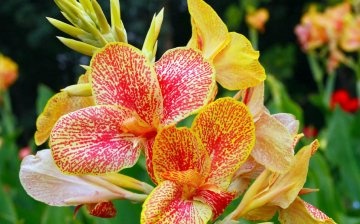
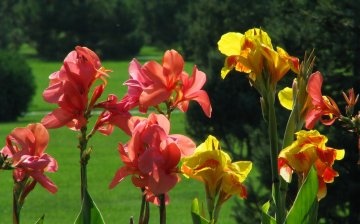



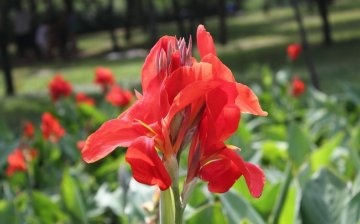
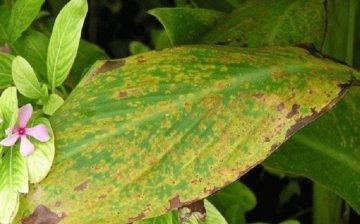
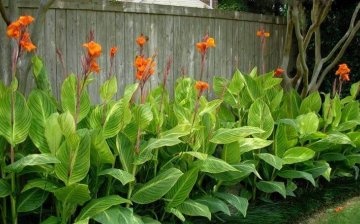








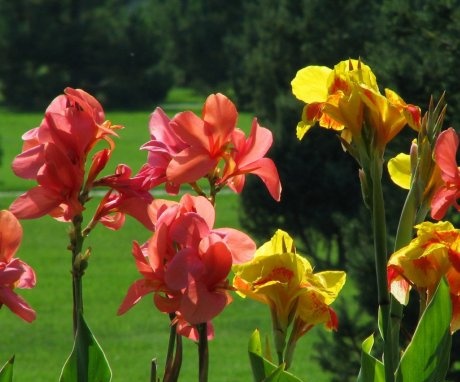

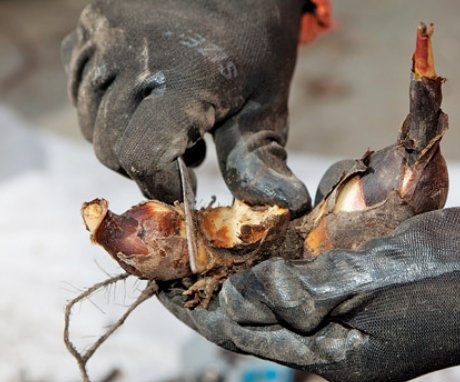
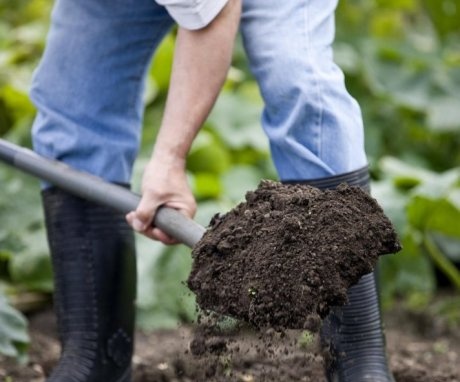
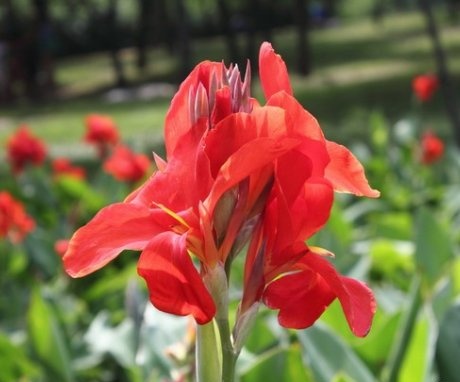
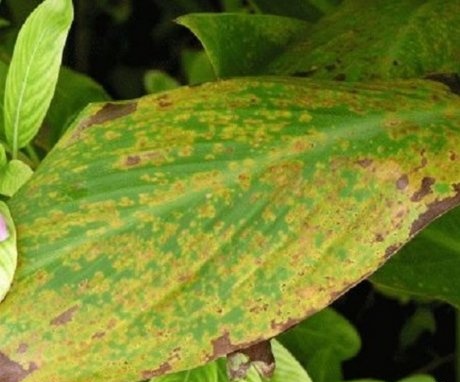
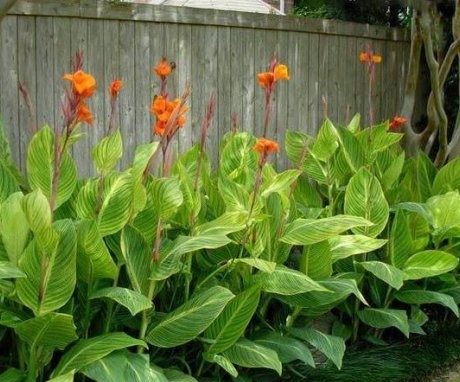
I have never seen this flower before, judging by the picture it looks very beautiful. If everything is as easy with him as it is written here, then I will definitely try to grow it in my summer cottage.